... November is almost here and I already rode my bike to the office for the last time this year ...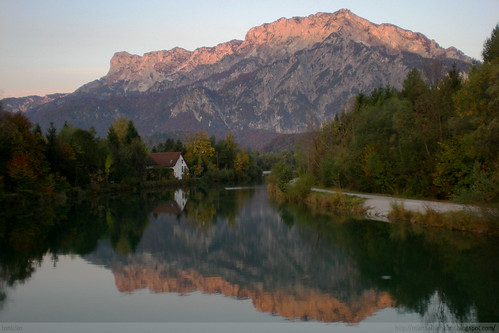
... the Sun strides through its journey in the sky lower and lower, long shadows and wonderful sunset light all day long ...
... and Cold and Darkness prepare themselves to rule over the Northern hemisphere for the next months. Strange organic sculptures wander around the city at night ...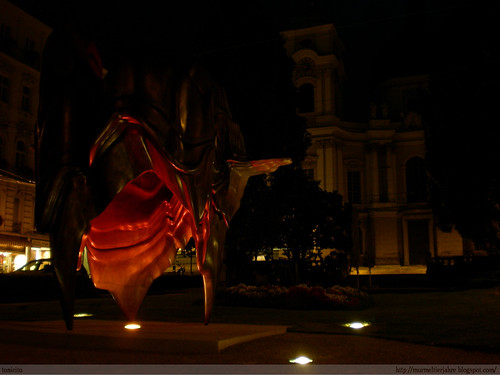
Friday 24 October 2008
Days are getting shorter...
Monday 6 October 2008
Prime Sickness
I've got a confession to make: I am sick.
It all started almost three years ago, as we got our dSLR. The dandiest feature of such a device is the interchangeability of lenses. At first I was quite happy with the kit lens, but after a year a mid-range telephoto zoom lens followed, in order to get a closer look to things.
During our stay in New York City, I could not help but pay a visit to B&H, kind of the mother ship for all photographers, either hobby or professional. In addition to a little camera gear, basically lens hoods (because size does matter! :D) some filters and memory cards, I got myself a 50mm prime lens, which ultimately confirmed my sickness: I am crazy about photo lenses and camera gear.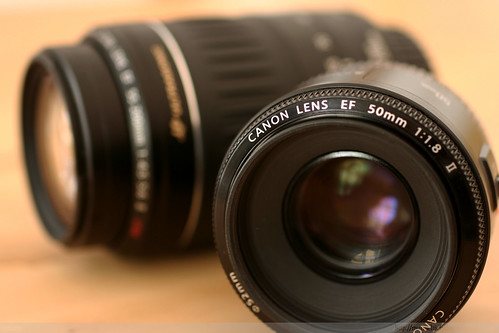
There are a couple of great things about standard prime lenses. First of all, they have far better optical properties than a zoom lens. The reason for that is very simple: the designer of a zoom lens is forced to meet a number of trade offs to deliver an acceptable quality in all its focal range. A prime lens, having a single focal length, can be optimized to get the best possible image quality for that particular focal length.
In addition, the optical system of a prime lens is plain simple and elegant, and yet works perfectly. This is something that I've always been fascinated about, like the functioning of a bicycle: so simple that everything can be understood at a glance and yet unsurpassed when it comes to energy efficiency. Due to this simple lens system, prime lenses are very fast (that means, they let lots of light go through), which is great for night photography, but also great to achieve hair-thin depths of field.
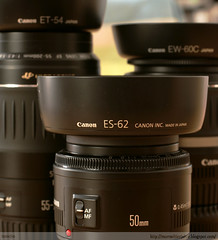
But to me, the greatest thing about a prime lens is that it has no zoom. Don't get me wrong, I find zooms are great and for some purposes totally irreplaceable, but I think zooms make us lazy as well. Why bother getting closer to our subject if we can get something similar just by turning the zoom ring? Being bonded to a fixed focal length, on the other hand, means that our photographic creativity is pushed forward because we have to move forward or backwards to get a nice picture composition, to apply the rule of thirds or whatever.
At first it felt strange, and my fingers often tried to turn the zoom ring when using the 50mm lens. But I quickly got used to it, and learned to use it and love it! Because it feels good, it feels like I'm doing real photography out there, it's a little like returning to the origins, back in time, when there was no digital, no reflex mirror, no memory cards, no USBs, no chance to look immediately at your pictures, no histograms, no program modes, no autofocus, no GIMP.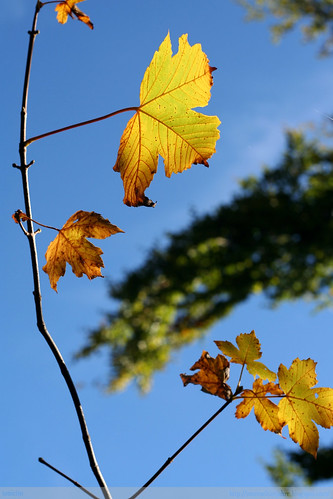
A prime lens is just the right lens for this time of year, when diminishing chlorophyll amounts make place for wonderful brown, yellow, orange and red pigments that have been waiting patiently all summer long to make their triumphant entrance.
Farewell Ms Chlorophyll! Welcome Mr Carotene and Ms Xanthophyll!
Saturday 4 October 2008
Unpronounceable
When Austria entered the European Union in 1995, a request was made to recognise Austrian as an own language, independent from German. The EU experts replied that, except for a number of own words, most of them related to food, there were not enough differences between Austrian and German language to consider them independent.
One of these own words is today's favourite word. Zwetschken are a subspecies of plums (Prunus domestica domestica), bitter a bit acid in taste, which are in season right now. The German word for plums, in general, is Pflaume, but they are called Zwetschken in Austria.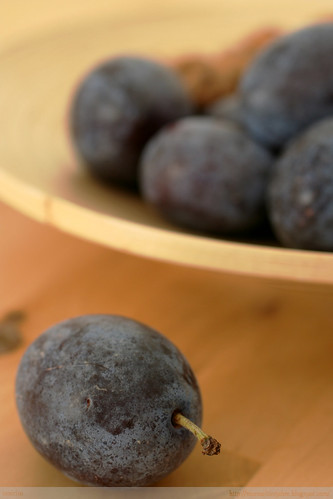
And what is so funny about this word? If we count the number of vowels and consonants, we obtain proud 8:2 for the consonants. A nightmare for a Romanic language native speaker.
Many years ago, walking around Vienna on a cold October with a co-worker, we realised that the cold numbed our tongues and lips, making it really difficult for us to speak normally, as if we were coming from the dentist and anesthesia was still doing its thing. And right there we devised a theory: languages spoken on colder climates have to tend to be more guttural, because a guttural sound is easier to pronounce in a cold environment. On the other hand, languages from more benign climates can afford a richer articulation and pronunciation.
Is our theory right? I don't know, but I know for sure that some words will keep being a challenge for a long long time...

 versión en español
versión en español






